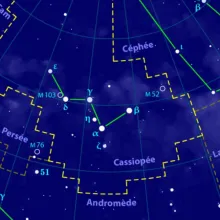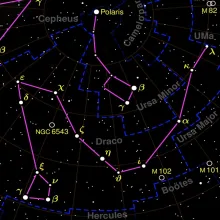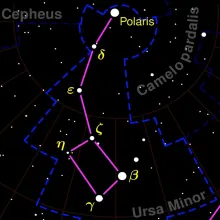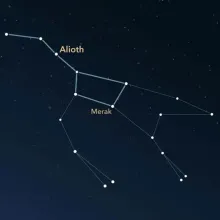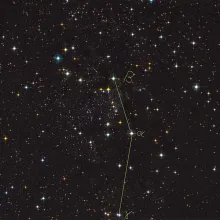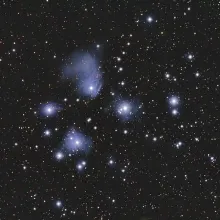Constellation Andromeda
Andromeda is a large and prominent constellation in the northern sky. It is named after the mythological princess Andromeda and is best known for containing the Andromeda Galaxy, the nearest spiral galaxy to the Milky Way and one of the few galaxies visible to the naked eye. The constellation is located next to Pegasus and is easily recognizable due to its distinctive "V" shape.





